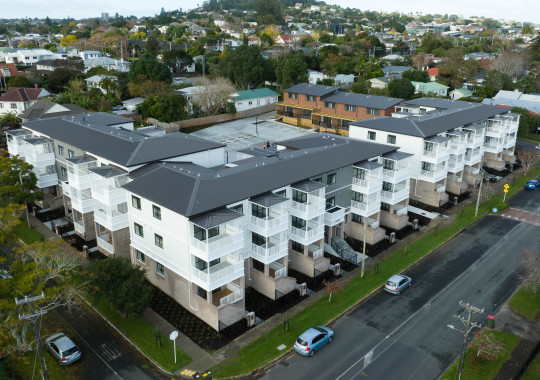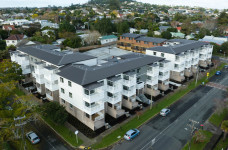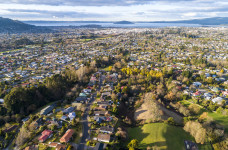Public housing plan
Last updated: 9 April 2025 Te Tūāpapa Kura Kāinga – Ministry of Housing and Urban Development (HUD) develops Public Housing Plans to set out the government’s public housing supply intentions. These Plans recognise the continued need for more public housing to be added to support people with a stable and affordable place to live.

As at June 2023, the public housing build programme has delivered over 12,000 total public housing places since 2018. These include public housing places delivered through all funding sources including the Public Housing Plans.
Read more about social and transitional housing
Updated Public Housing Plan: Including 2024-2025 delivery
The updated plan is an extension of the Public Housing Plan 2021–2024 and builds on the earlier Public Housing Plan 2018-2022.
The Updated Plan focuses on increasing delivery across Aotearoa New Zealand’s regions compared to major metropolitan centres, which have seen strong public housing delivery to date.
Kāinga Ora – Homes and Communities will deliver most of the new public housing, supported by Community Housing Providers, and iwi and Māori partners, who will complement Kāinga Ora and build public housing where they are better placed to do so, particularly in some regions. CHPs and iwi and Māori partners play an integral role in delivering public housing through strong community connections, knowledge and expertise in delivery.
The 2024-2025 supply intentions provided in the updated Plan are presented as delivery ranges. These ranges are not targets nor limits, and they will vary on what is delivered due to the wider housing and construction sector capacity to bring on supply.
Download our Updated Housing Plan: Including 2024-2025 delivery (PDF, 1.8 MB)
A MAIHI and place-based approach
The Public Housing Plan takes a MAIHI and place-based approach.
MAIHI supports kaupapa Māori and whānau-centred approaches. This means partnering with iwi and Māori to deliver housing solutions by Māori, for Māori and with Māori.
Our place-based approach to housing recognises that every community has its own housing and urban development opportunities and challenges, and solutions need to be tailored to suit those needs.
-
Overview of current and planned public housing supply
2018
2023
2025
Northland
Public housing
2,095
2,388
2,750
Auckland
Public housing
31,000
37,247
39,853
Bay of Plenty
Public housing
2,661
3,534
4,147
East Coast
Public housing
4,060
4,501
4,896
Waikato
Public housing
4,422
5,197
5,909
Central
Public housing
2,327
2,542
2,930
Taranaki
Public housing
1,271
1,270
1,397
Wellington
Public housing
8,576
9,630
10,166
West Coast/Tasman
Public housing
1,449
1,763
2,031
Canterbury
Public housing
7,558
9,428
10,210
Southern
Public housing
1,870
1,963
2,191
TOTAL
Public housing
67,289
79,463
86,480







